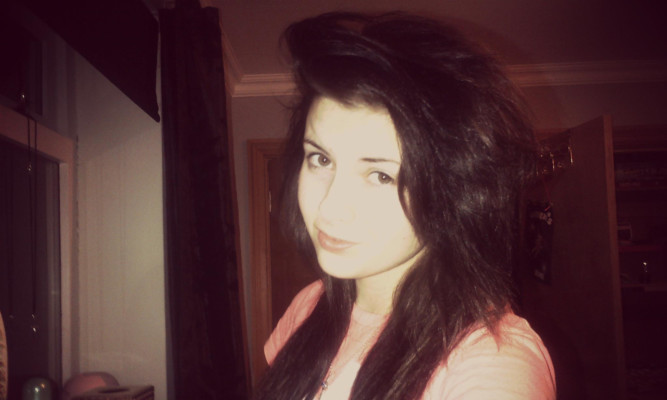An Angus teenager left in a vegetative state after a failed suicide attempt is to undergo a pioneering brain injury assessment.
Lauren Millman of Arbroath will attend the Royal Hospital for Neuro-disability in Putney, London, where she could remain for up to a year.
Lauren, 18, has been making subtle responses in recent months and was referred to the hospital by the NHS for a Sensory Modality Assessment and Rehabilitation Technique (Smart) treatment.
The London hospital specialises in the rehabilitation of brain-injured patients and the Smart assessment explores all five senses.
Patients are asked to track objects with their eyes, to try to press switches and to look at photographs and given things to taste and smell.
Mum Gillian said: “It is a minimum six weeks for the Smart assessment but hopefully they will see something to work on.
“Lauren will be down there for some rehabilitation for anything up to a year. I have mixed feelings because it’s going to be hard not being down with her and seeing her every day but I know it is the best place for her.
“I am hoping to visit at least once a fortnight though.”
Lauren attemped suicide in September last year and parents Gillian and Rob were told she wouldn’t make it past Christmas.
They were able to bring her home for what they were told would be for end-of-life care but they have seen some changes in her this year.
She had been making subtle responses such as moving her head towards new sounds and signs of getting upset about things.
Gillian also used lemon and glycerine swabs to freshen her mouth up and she screwed her face up and shook her head because of the sourness.
The RHN opened the first dedicated Brain Injury Unit in the UK in 1985 and has been at the forefront of developing clinical assessment techniques for this complex patient group (such as Smart) ever since.
For families and medical staff it is often very difficult to assess whether a patient is vegetative or has some residual awareness and ability to communicate.
Smart has been continually refined since it was conceived in 1988 and is designed to identify potential awareness in adults who have sustained profound brain damage and have been diagnosed as in a vegetative state.
Lauren, who was studying at Angus College, found it difficult to discuss her problems.
The failed suicide attempt caused catastrophic damage to her brain which left her in a vegetative state.
Her parents have been looking after her with the help of district nursing staff and a team of carers from the council’s social work department.
In Scotland, two people take their own lives every day and suicide is the biggest killer of young people, but the associated stigma can make it difficult to talk to others.
